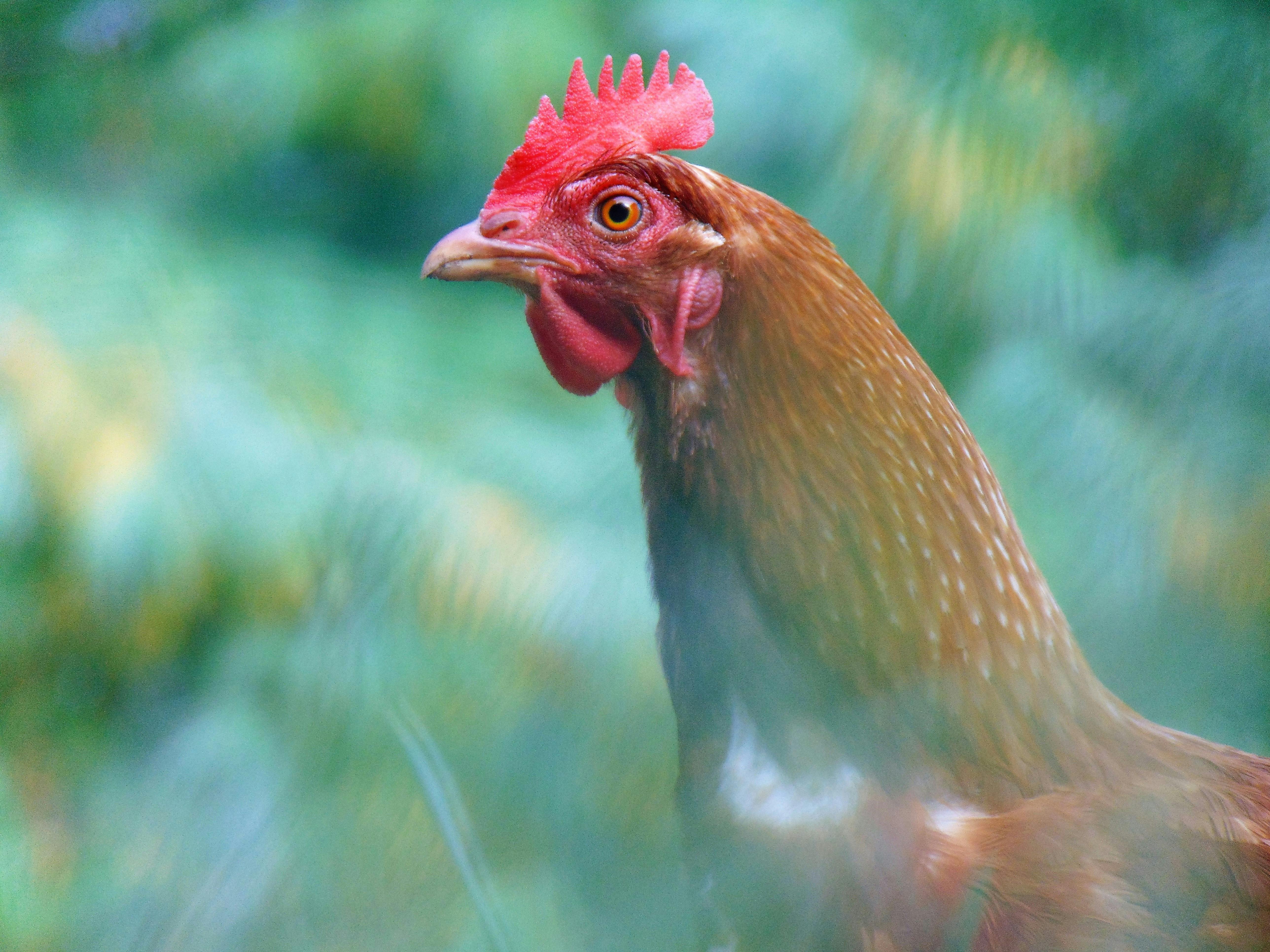
The symbolism of gargoyle statues
Gargoyle statues are a popular choice for our homes and gardens today. Our fascination with these grotesque creatures is apparently as prevalent now as in medieval times.
Neo-Gothic artists take inspiration from 15th-century Flamboyant Gothic designs and create modern “cathedral-style” gargoyle statues. Gargoyle statues allow the artist great freedom of style and expression and incorporate a variety of styles, from the monstrous and grotesque to the funny or whimsical.
Saint Bernard of Clairvaux, who lived in 12th century France, made this now famous complaint about the carved gargoyles he saw around him:
“What are these fantastic monsters doing in the cloisters before the eyes of the brothers as they read? What is the meaning of these filthy monkeys, strange lions and wild monsters? For what purpose are these creatures, half beast, half man, placed here? “I see several bodies with one head and several heads with a single body. Here is a quadruped with a snake head, there a fish with a quadruped head, then again an animal half horse, half goat … Surely if we don’t we blush at such absurdities we should at least regret what we have spent on them. “
While there are no ancient texts that explain the meaning of these strange creatures, we do know that craftsmen since the Bronze Age used grotesque shapes like gorgons, griffons, and sphinxes to warn of evil powers. Perhaps medieval man felt that he could ward off the forces of evil by presenting an equally powerful range of evil force.
Some believe that the grotesque gargoyles were meant to be guardians of the church, magical signs to ward off the devil. Artists have long used fusions of animals, humans, and mythical creatures to create terrifying images. It was said that the devil was always watching, just as gargoyles always looked down on passersby. Wherever one looked, these silent watchers watched patiently.
The fact that these grotesque creatures were allowed in the medieval church, otherwise adorned with beautiful works of art, could be explained by the notion that the devil is actually on God’s side, doing God’s work when he punishes the wicked. Many gargoyles are like demons and appear to have perched on church ledges, frozen in flight, but ready to pounce on the unsuspecting at any moment.
A popular belief is that grotesque gargoyles were used to educate by frightening or shocking a mostly illiterate pagan population into “behaving”. Physical deformities in medieval times were considered an act of the devil, so these gargoyles served as a warning to sinners.
Some believe that these monstrous gargoyles represented the souls of humans condemned for their sins. The price for sinning, even though they were saved from eternal damnation, would be turning to stone. This would correspond with the theory that gargoyles are for education, since they would later have been reminders of what could happen to those who do not obey religious laws.
However, not all gargoyles were intended to scare, reprimand, or threaten. Some seem to have a more profane purpose; to entertain or amuse. Rather than inspiring awe, the most comical gargoyles have lively faces and lively poses, conveying a remarkable sense of energy and giving a lot of character to the buildings in which they are found. However, even these more comical gargoyles could have conveyed more than just fun for their original creators and viewers, as humorous imagery can often be used to say things that couldn’t be said, and satire has long been used. to face unpleasant, controversial, or scary problems.
That gargoyles can be interpreted as both good and bad is supported by a description found in the Roman d’Abladane written by a 13th century bishop. Describe how there were two gargoyles at the entrance to Amiens that could assess the motivation of each person who came to the city. If one had bad intentions, the gargoyles would spit poison so horrible that it would cover them and they would die. But when the lord of the city arrived, a gargoyle would bathe him in gold and silver in the other.
Today’s gargoyles come in a variety of styles, both terrifying and entertaining. The one you chose and the symbolism or meaning attached to it really comes down to your own personal style. Gargoyle statues are believed to offer protection against evil and many people display them near the front door of the house or in a prominent part of the garden.